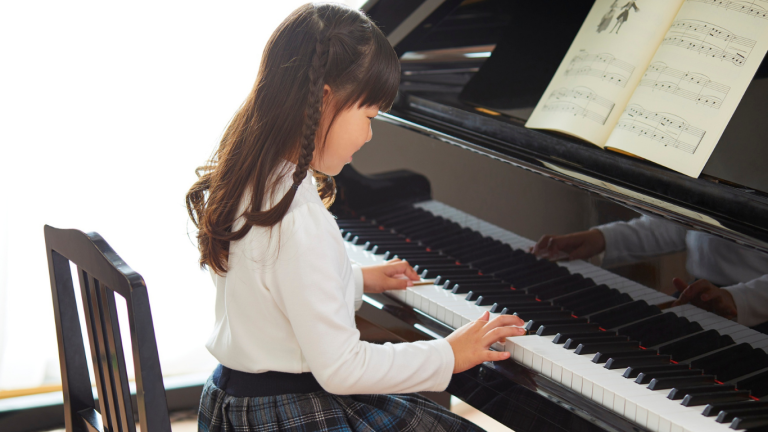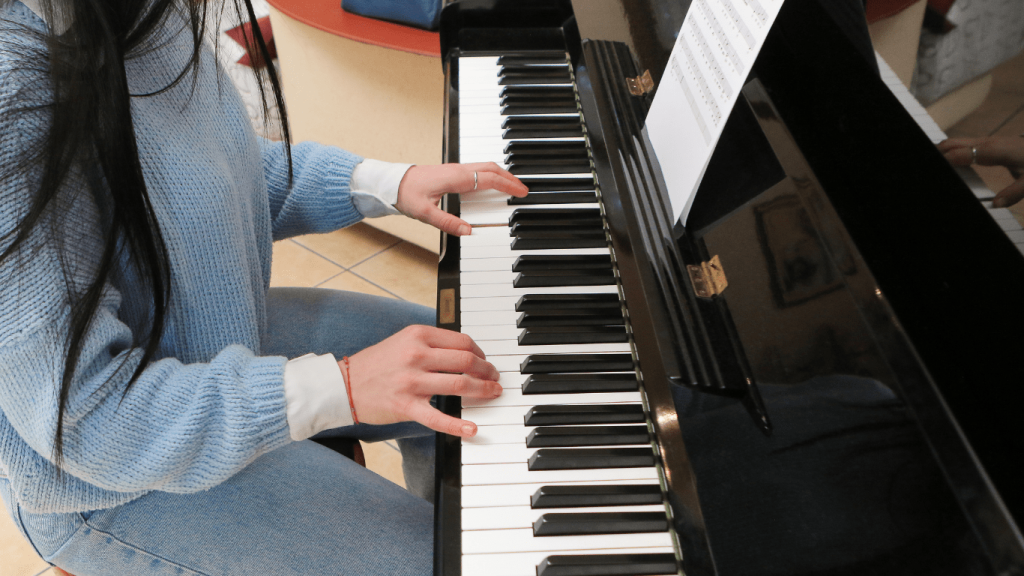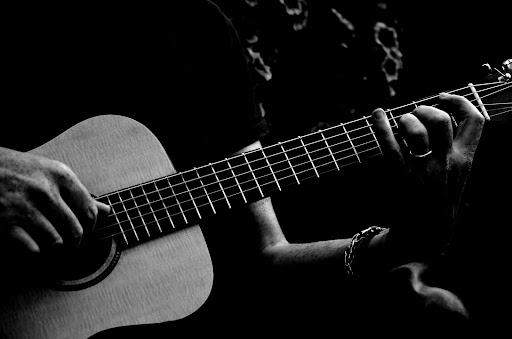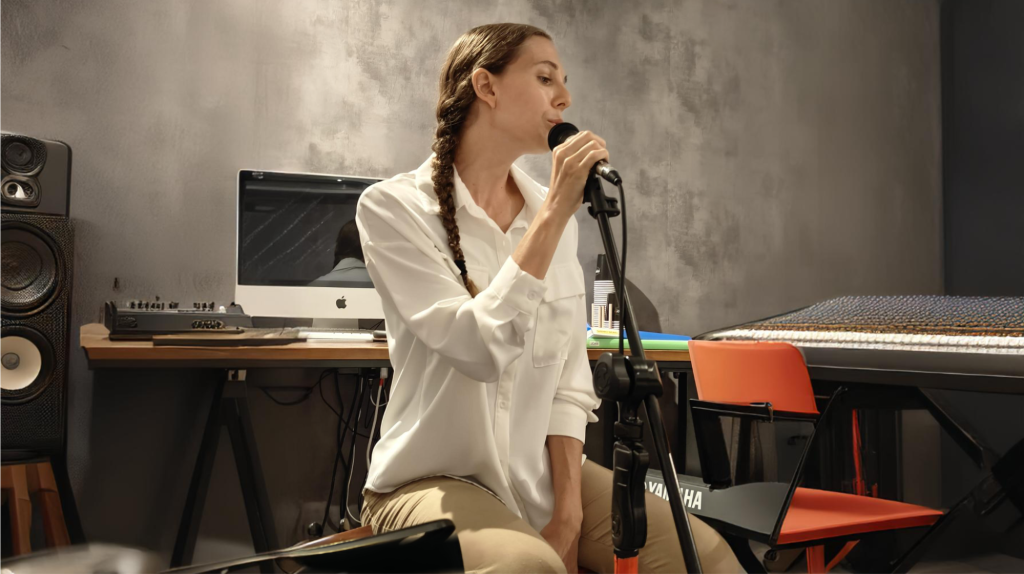Mastering the keyboard is about more than just hitting the right notes. It is about having total control over every finger. Whether you’re playing jazz improvisation or classical compositions, finger independence and speed are crucial to delivering a clean, confident performance.
Many students struggle with sluggish transitions, uneven runs, or relying too heavily on dominant fingers. The good news is that these skills can be trained. With the right exercises and a creative twist, you can develop both agility and control, turning your fingers into a well-coordinated team.
Let’s explore a series of targeted exercises designed to enhance your finger speed and independence while keeping your practice routine fresh and inspiring.
Why Finger Independence and Speed Matter
The Role of Finger Dexterity in Performance
Every keyboard player knows the feeling. The left hand lags behind, or certain notes just won’t land cleanly. This all comes down to dexterity. Improved finger control leads to smoother phrasing, faster passages, and cleaner technique. It also builds the physical endurance needed for longer pieces.
Common Struggles Faced by Keyboard Players
Beginners often rely too heavily on a few strong fingers. Advanced players might hit a plateau with speed or precision. Without focused exercises, these limitations can hold back your musical expression. That is why targeted training is essential.
Foundational Exercises for Finger Control
The Five-Finger Pattern Drill
This is your warm-up essential. Play five consecutive notes (for example, C–D–E–F–G) using fingers 1 to 5, slowly and evenly. Focus on even pressure, tone and timing. Reverse the pattern and repeat. Do this in every key.
Hanon-Inspired Variations
While Hanon exercises have been around for over a century, adapting them with modern rhythms or syncopation adds freshness and challenges your muscle memory. Play a standard Hanon pattern, then shift the rhythm using dotted notes or triplets to rewire your coordination.
Creative Techniques to Boost Finger Independence
Mirror Exercises Between Hands
Play ascending scales with your right hand while descending with your left, then switch roles. Start slowly, keeping movements symmetrical. This builds coordination and forces both hands to act independently, which is vital for complex pieces.
“One Finger Leads” Practice
Choose a short scale or phrase. Begin the pattern with your thumb, then repeat the same phrase starting with finger 2, then finger 3, and so on. This isolates each finger’s strength and flexibility.
Rhythmic Shifting and Accent Patterns
Take a simple pattern and shift the accent to a different note each time, such as accenting every third note. This builds rhythmic control and forces each finger to respond dynamically.
Want professional feedback on your technique? Explore our keyboard lessons and accelerate your progress with guidance from experienced instructors.
How to Practise These Exercises Effectively

Use a Metronome and Track Progress
Speed means nothing without control. Start slow and increase your tempo gradually. Record your progress weekly. This helps identify weak points and builds motivation.
Set Micro Goals
Do not try to conquer everything in one session. Focus on improving one small movement or transition each day. This keeps practice focused and rewarding.
Avoid Overtraining
More is not always better. If your hands feel tense or tired, take a break. Injury can set you back more than a missed day of practice.
Incorporating Exercises Into Your Musical Routine
Link Exercises to Real Music
After a technical drill, find a piece that uses the same movement. For example, after practising alternating hands, try a Bach invention or a modern pop song with a similar structure. This keeps your practice musical, not mechanical.
Rotate Exercises Weekly
Change your drills every week to avoid boredom and target different finger groups. Creativity keeps you engaged, which leads to more consistent practice.
Studio 72 offers structured keyboard training that blends technique with musical creativity. Visit our website to see how we support pianists at every level.
When to Seek Guidance from a Keyboard Teacher
Signs You Might Be Plateauing
If you are practising daily but not seeing improvement in speed or accuracy, or if frustration is setting in, it might be time to seek expert guidance.
Benefits of Personalised Coaching
An experienced teacher can identify subtle issues in your technique and customise exercises to overcome them. They can also help you build a consistent, motivating practice routine.
Need help refining your practice strategy? Contact us to book a session with a keyboard instructor who can take your playing to the next level.
Conclusion
Finger independence and speed do not develop by accident. They are built through intentional, creative practice. By rotating exercises, tracking progress, and linking drills to real music, you make each session count.
And remember, whether you’re just starting or looking to polish your technique, the right guidance can make all the difference. Keep exploring, stay consistent, and your fingers will thank you.
FAQs
What are the best exercises to improve finger independence on the keyboard?
Exercises like five-finger scales, Hanon patterns, and mirror hand drills are excellent for developing finger independence. These exercises focus on isolating finger movements and building coordination between both hands. Consistent practice of these techniques enhances control and agility across the keyboard.
How often should I practise finger independence exercises?
Incorporating finger independence exercises into your daily practice routine is beneficial. Aim for 10–15 minutes per session, focusing on slow, deliberate movements to ensure accuracy. Gradually increase the tempo as your control improves. Regular, mindful practice leads to better results than infrequent, lengthy sessions.
Can finger independence exercises help with playing faster passages?
Yes, developing finger independence is crucial for executing fast passages accurately. By training each finger to move independently, you reduce reliance on stronger fingers and distribute effort evenly. This balance allows for smoother, more precise playing at higher speeds.
Are there exercises I can do away from the keyboard to improve finger independence?
Absolutely. Simple exercises like finger tapping on a flat surface, lifting individual fingers while keeping others still, and practising finger sequences (e.g., 1-3-5-2-4) can enhance finger control. These exercises can be done anywhere and are effective for building independence without a keyboard.
How do I know if I'm making progress with finger independence?
Progress can be measured by increased ease in playing complex pieces, improved accuracy in fast passages, and greater control over dynamics and articulation. Recording your practice sessions and noting improvements over time can provide tangible evidence of your development.






